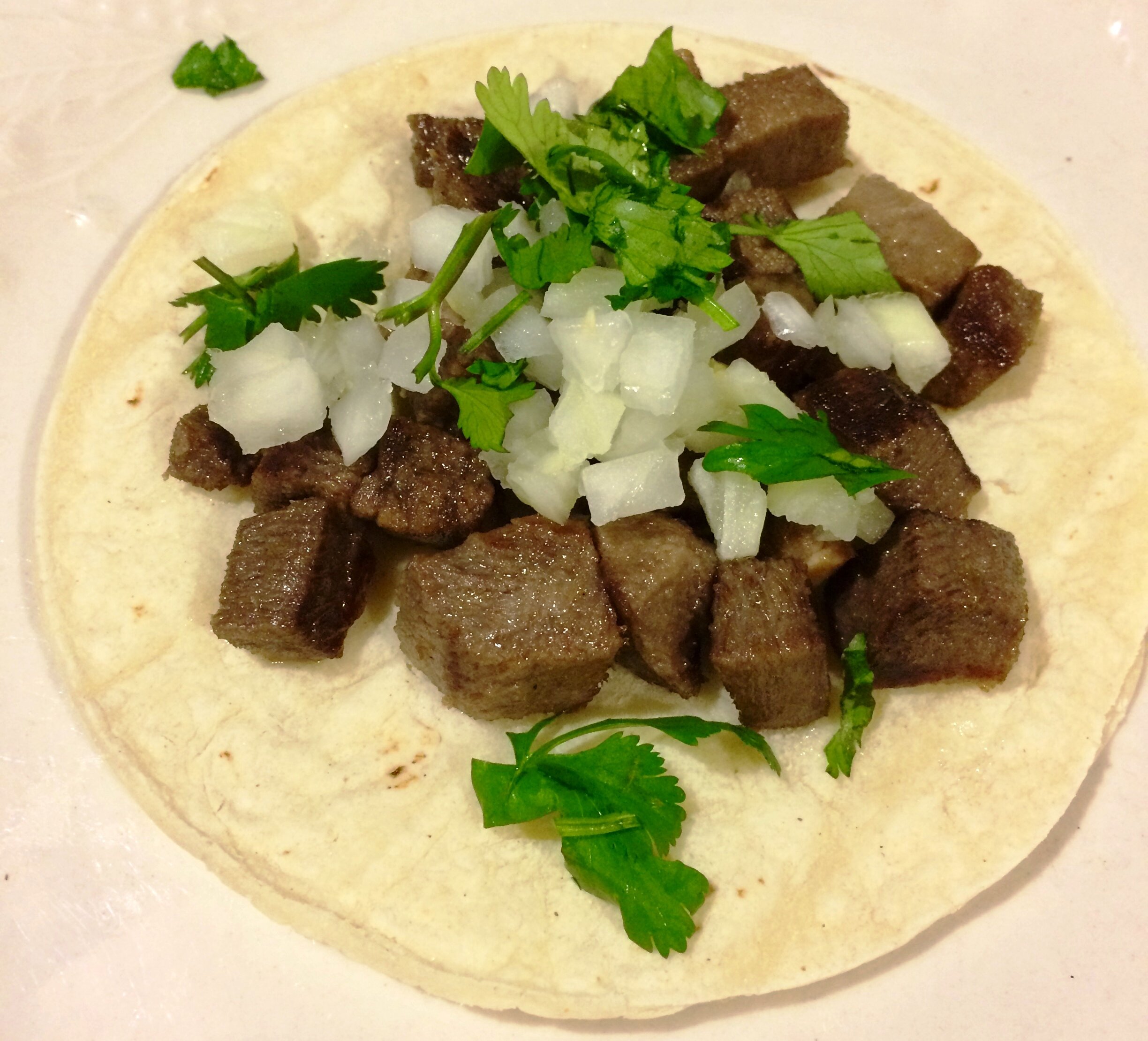(The actual article that explains this chart is here, and another good graphical representation of slowing the spread is here.)
Many of the recommendations like hand washing (basic food safety protocol) and social distancing (there are no big crowds out in the field) are just the way farms work naturally. So we're on top of it already! But seriously, food safety is a big deal on farms. Produce growers undergo many workshops, trainings, and certifications to make sure we're providing safe food to our customers. In addition to food safety, we continue to care a lot about providing nutritious food to our community, and this evolving medical situation highlights the importance of that.
It's especially important now and in the near future to be eating well and building a healthy immune system. Fresh produces contains lots of vitamins, minerals, antioxidants, and other nutrients important for immune health. Our vegetables, fruits, berries, eggs, herbs, and honey are raised to be as nutritious as possible, and eating a healthy diet is one of the best ways to boost your immune system.
There's never been a more important time to know where your food comes from. Think about the food that's produced on local farms--not only do you know what country it's coming from, you've probably even been to the farm! As people are considering supply chains (and how many different people touch their food in the process of getting it halfway around the world), local food is suddenly looking a lot safer (not to mention fresher, healthier, and tastier as always).
We want you to know that we're committed to providing you with good food locally. You can see what's available for purchase right now in our online store, with options for pick up on the farm (a very non-crowded place), or in Beatrice. More products will be added to the online store as spring progresses and crops grow.
If you're serious about having a local supply of healthy food, check out our CSA program. This is a win-win for you and for the farm--it's a way for you to support a local farm and to reserve your spot for weekly boxes of fresh produce all season long. The CSA even has a home delivery option in Beatrice (social distancing at its finest).
As with all scary and uncertain times, life does go on, and this is easy to see on the farm. The rhubarb is coming up, the garlic looks great, the baby broccoli transplants are exceptionally cute, and the raspberries are in the process of being trellised. We are busy growing food for you!











